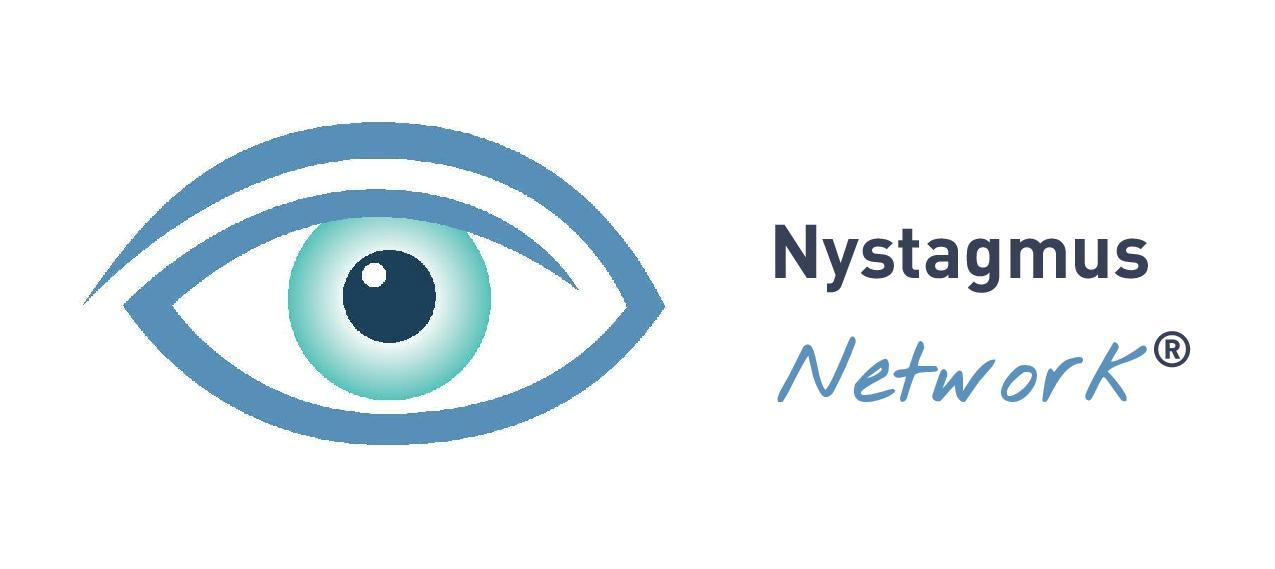The Nystagmus Network has supported nystagmus research since the 1990s and will continue to do so. Through our collaboration with the leading UK research and clinical teams we are able to lead the way in finding potential treatments for the condition whilst also exploring the causes of nystagmus.
The Nystagmus Network’s research involvement
The Nystagmus Network has been involved in research since the charity was established in 1984, through direct financial investment, study participant recruitment and publicising results.
The charity has three main research priorities which are all encompassed under our ‘quality of life’ research strategy. These are:
- TREATMENT: research into current therapies, including drugs and surgeries and the development of new treatments and procedures for all types of nystagmus. This includes research into conventional and alternative therapies.
- DIAGNOSTICS: research into the causes and mechanisms of nystagmus unlocks the key to more positive life chances for those diagnosed with nystagmus. We do not yet fully understand how and why nystagmus develops. Only when we do, can we develop treatments and possibly prevent nystagmus.
- GENETICS: research into genetic testing is already helping people understand why nystagmus has occurred and how likely it is to be passed on to future generations. Genetic counselling is now available to potential parents.
QUALITY OF LIFE
In addition to and alongside the above areas, research into the daily impact of nystagmus will examine why current sight examination methods (such as visual acuity tests) fail to capture the impact of nystagmus on vision and everyday life. We want to see better methods introduced to assess the vision of people with nystagmus. Similarly, we are working to ensure that everyone receives the information and support they need at the point of diagnosis, regardless of where they are in the country. We also want to understand better how nystagmus affects people in education and employment as well as socially and emotionally.
IS A CURE POSSIBLE?
When nystagmus is triggered in an infant, by whatever cause, a number of neurological changes take place as the still developing brain learns to accommodate images received from constantly moving eyes. If this switch were to be reversed, how would the brain readjust and what would be the likely impact on the eyesight? We know, for example, that when nystagmus is acquired later in life, the brain can no longer adjust so readily and people often experience a moving image of the world.
PREVENTION BETTER THAN CURE?
The more research into the causes of nystagmus the better our understanding of how it might be prevented, particularly in the many types and cases where there is a genetic component. This does not mean that people living with nystagmus now are forgotten as we continue to work to improve quality of life for all.
The future for research
There is a lot of exciting research work being undertaken in the nystagmus field and the charity will continue to be at the forefront to help improve outcomes for those who currently have congenital or acquired nystagmus, as well as future generations of the nystagmus community.
